
Sir Anthony James Leggett is a British-American theoretical physicist and professor emeritus at the University of Illinois at Urbana-Champaign. Leggett is widely recognised as a world leader in the theory of low-temperature physics, and his pioneering work on superfluidity was recognised by the 2003 Nobel Prize in Physics. He has shaped the theoretical understanding of normal and superfluid helium liquids and strongly coupled superfluids. He set directions for research in the quantum physics of macroscopic dissipative systems and use of condensed systems to test the foundations of quantum mechanics.
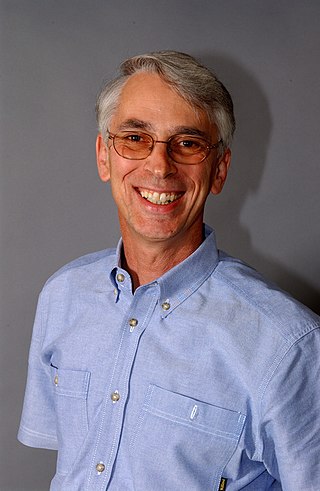
Denis James Evans, is an Australian scientist who is an Emeritus Professor at the Australian National University and Honorary Professor at The University of Queensland. He is widely recognised for his contributions to nonequilibrium thermodynamics and nonequilibrium statistical mechanics and the simulation of nonequilibrium fluids.
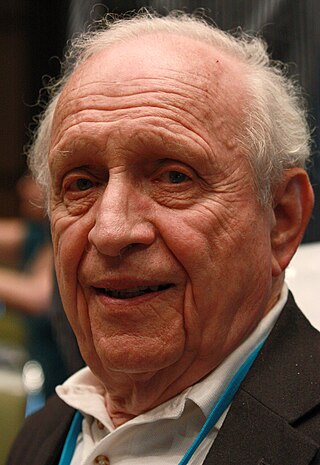
Roy Jay Glauber was an American theoretical physicist. He was the Mallinckrodt Professor of Physics at Harvard University and Adjunct Professor of Optical Sciences at the University of Arizona. Born in New York City, he was awarded one half of the 2005 Nobel Prize in Physics "for his contribution to the quantum theory of optical coherence", with the other half shared by John L. Hall and Theodor W. Hänsch. In this work, published in 1963, he created a model for photodetection and explained the fundamental characteristics of different types of light, such as laser light and light from light bulbs. His theories are widely used in the field of quantum optics. In statistical physics he pioneered the study of the dynamics of first-order phase transitions, since he first defined and investigated the stochastic dynamics of an Ising model in a paper published in 1963. He served on the National Advisory Board of the Center for Arms Control and Non-Proliferation, the research arms of Council for a Livable World.
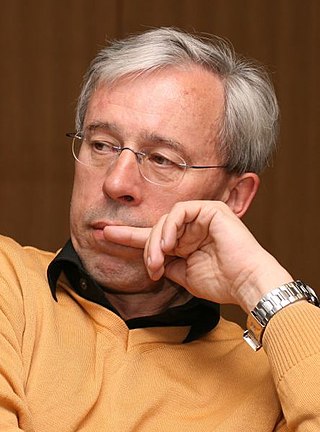
Peter Zoller is a theoretical physicist from Austria. He is professor at the University of Innsbruck and works on quantum optics and quantum information and is best known for his pioneering research on quantum computing and quantum communication and for bridging quantum optics and solid state physics.
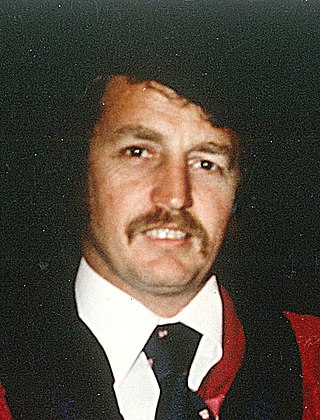
Daniel Frank Walls FRS was a New Zealand theoretical physicist specialising in quantum optics.

Jonathan P. Dowling was an Irish-American researcher and professor in theoretical physics, known for his work on quantum technology, particularly for exploiting quantum entanglement for applications to quantum metrology, quantum sensing, and quantum imaging.

Peter Schwerdtfeger is a German scientist. He holds a chair in theoretical chemistry at Massey University in Auckland, New Zealand, serves as Director of the Centre for Theoretical Chemistry and Physics, is the Head of the New Zealand Institute for Advanced Study, and is a former president of the Alexander von Humboldt Foundation.

Howard Mark Wiseman is a theoretical quantum physicist notable for his work on quantum feedback control, quantum measurements, quantum information, open quantum systems, the many interacting worlds interpretation of quantum mechanics, and other topics in quantum foundations.
Raymond Laflamme, OC, FRSC is a Canadian theoretical physicist and founder and until mid 2017, was the director of the Institute for Quantum Computing at the University of Waterloo. He is also a professor in the Department of Physics and Astronomy at the University of Waterloo and an associate faculty member at Perimeter Institute for Theoretical Physics. Laflamme is currently a Canada Research Chair in Quantum Information. In December 2017, he was named as one of the appointees to the Order of Canada.
Muhammad Suhail Zubairy, HI, SI, FPAS, is a University Distinguished Professor as of 2014 in the Department of Physics and Astronomy at the Texas A&M University and is the inaugural holder of the Munnerlyn-Heep Chair in Quantum Optics.
Vlatko Vedral is a Serbian-born physicist and Professor in the Department of Physics at the University of Oxford and a Fellow of Wolfson College, Oxford. Until the summer of 2022 he also held a joint appointment at the Centre for Quantum Technologies (CQT) at the National University of Singapore. He is known for his research on the theory of quantum entanglement and quantum information theory. He has published numerous research papers, which are regularly cited, in quantum mechanics and quantum information, and was awarded the Royal Society Wolfson Research Merit Award in 2007. He has held a lectureship and readership at Imperial College, a professorship at Leeds and visiting professorships in Vienna, Singapore (NUS) and at the Perimeter Institute for Theoretical Physics in Canada. He is the author of several books, including Decoding Reality.
The School of Mathematics and Physics (SMP) is in the Faculty of Science at The University of Queensland in Brisbane, Australia.
Professor Margaret Daphne Reid from Swinburne University of Technology is a Fellow of the Australian Academy of Science. She is known for her pioneering work in new fundamental tests of quantum theory, including teleportation and cryptography.
Edward William Nigel Glover FRS is a British particle physicist. He is a professor of physics at the University of Durham. He graduated from Downing College, Cambridge, with a first in Natural Sciences, and went on to complete a doctorate at Hatfield College, Durham.
Peter David Drummond is a physicist and distinguished professor in the Centre for Quantum and Optical Science at Swinburne University of Technology.

Howard John Carmichael is a British-born New Zealand theoretical physicist specialising in quantum optics and the theory of open quantum systems. He is the Dan Walls Professor of Physics at the University of Auckland and a principal investigator of the Dodd-Walls Centre. Carmichael has played a role in the development of the field of quantum optics and is particularly known for his Quantum Trajectory Theory (QTT) which offers a more detailed view of quantum behaviour by making predictions of single events happening to individual quantum systems. Carmichael works with experimental groups around the world to apply QTT to experiments on single quantum systems, including those contributing to the development of quantum computers. He is a Fellow of Optical Society of America, the American Physical Society and the Royal Society of New Zealand. He was awarded the Max Born Award in 2003, the Humboldt Research Award in 1997 and the Dan Walls Medal of the New Zealand Institute of Physics in 2017. In 2015, he was recognised as an Outstanding Referee by the American Physical Society.
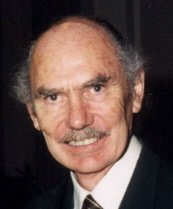
Crispin William Gardiner is a New Zealand physicist, who has worked in the fields of quantum optics, ultracold atoms and stochastic processes. He has written about 120 journal articles and several books in the fields of quantum optics, stochastic processes and ultracold atoms
Halina Rubinsztein-Dunlop is a professor of physics at the University of Queensland and an Officer of the Order of Australia. She has led pioneering research in atom optics, laser micro-manipulation using optical tweezers, laser enhanced ionisation spectroscopy, biophysics and quantum physics.
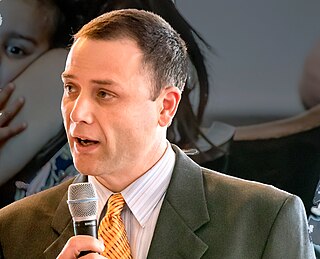
Matthew Davis is a New Zealand/Australian physicist, and is Head of Physics at the University of Queensland, Australia. He is known for his work on the dynamics of vortices and superfluidity in Bose–Einstein condensates, particularly at finite temperatures
Warwick Bowen is an Australian quantum physicist and nanotechnologist at The University of Queensland. He leads the Quantum Optics Laboratory, is Director of the UQ Precision Sensing Initiative and is one of three Theme Leaders of the Australian Centre for Engineered Quantum Systems.











